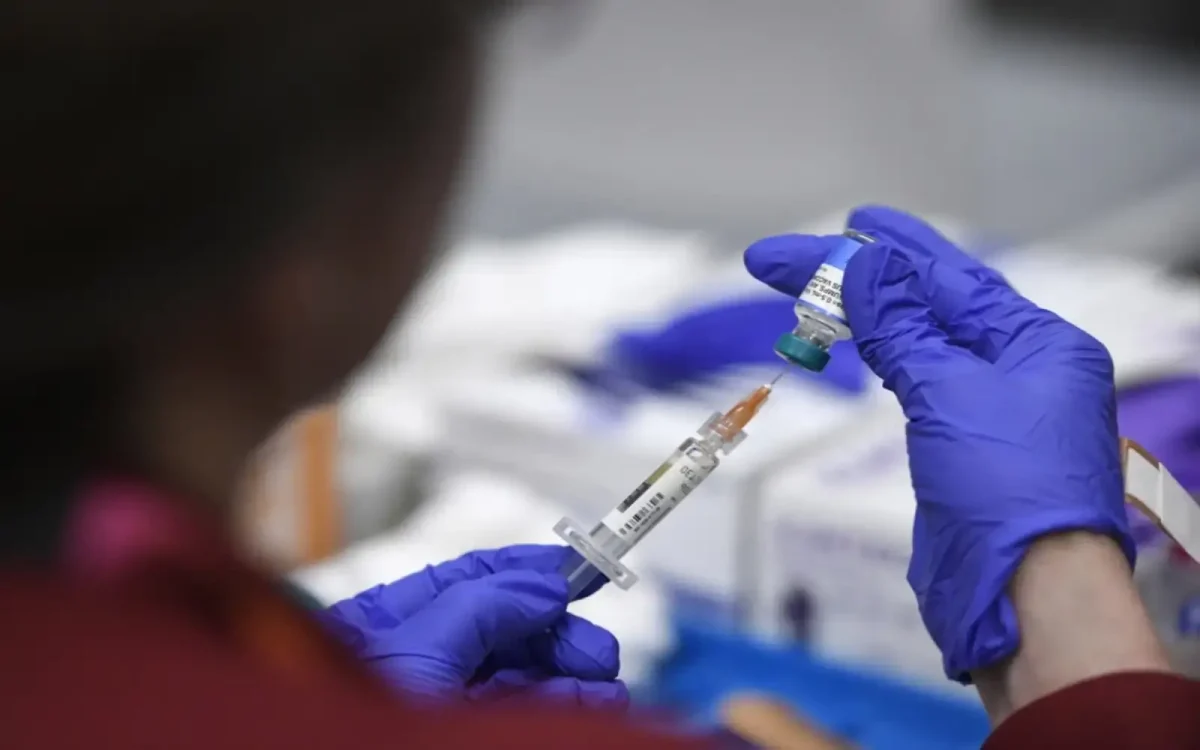A measles outbreak continues to surge in the United States, with 3 reported outbreaks in 2025. Starting in Texas, this outbreak has been the largest in the state in the past 30 years, and has been spread to 15 states. There are 309 measles cases in Texas, and a total of 378 confirmed cases as of March 20, 2025, and 90% of those cases are outbreak-associated. It is important to note that 95% of those with measles are unvaccinated. 17% of cases are hospitalized, and there have been 2 deaths associated with measles, one being confirmed whereas the other is still under investigation.
The Texas outbreak has since spilled into neighboring states especially as cases linked to travel and community transmission. This spread includes the now infected states of Oklahoma, Louisiana, and New Mexico. Most of the cases in Texas are in school-age children between the ages of 5 and 17 who are mostly unvaccinated.
The best way to prevent getting sick is to be immunized with two doses of a vaccine against measles. The measles, mumps, and rubella (MMR) vaccine is 97% effective at preventing the virus after two doses. Most people are given this vaccine between 12 and 15 months, and their second dose at 4 to 6 years of age. In order for a community to be protected from getting measles, 95% of those people must be vaccinated. This number is so high because of the contagious nature of the virus.
Measles outbreaks are rare in the U.S., and when spread it’s a highly contagious and serious disease that can cause serious complications, including pneumonia and inflammation of the brain. The virus can impair the immune system and also wipe out large numbers of antibodies that allow the body to remember how to fight other diseases, which can lead to secondary bacterial infections. Symptoms of the disease typically appear 7 to 14 days after exposure and include high fever, cough, runny nose, red and watery eyes, and a distinctive rash that spreads across the body. If one person contracts it, up to 9 out of 10 people nearby will be infected unless they are protected. It spreads through the air when an infected person coughs or sneezes, and you can get measles by being in a room where an infected person has been for up to 2 hours after they’ve left.



